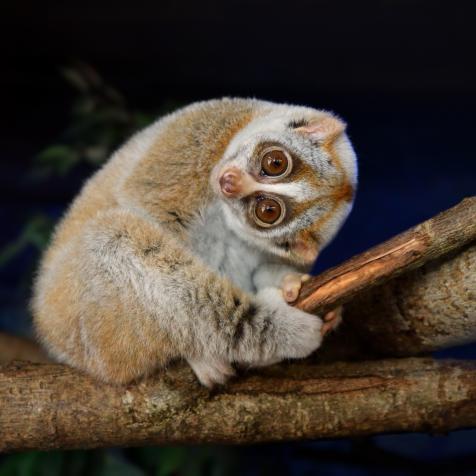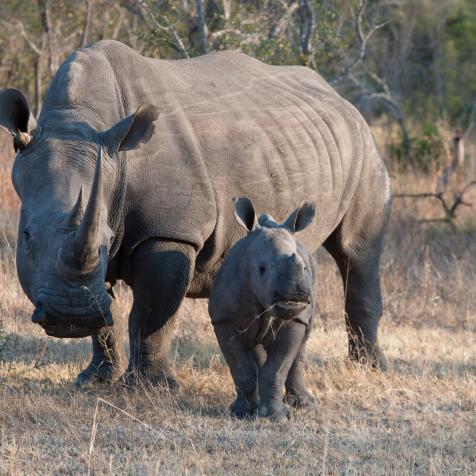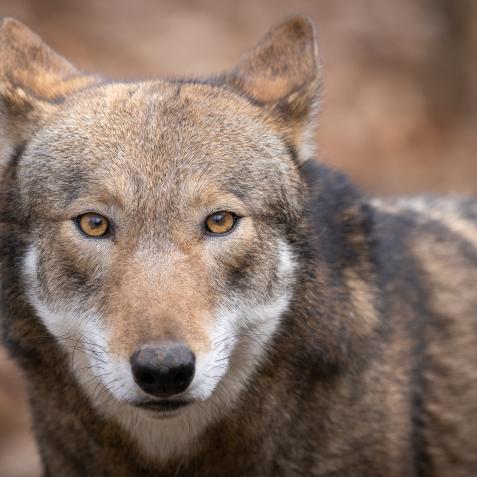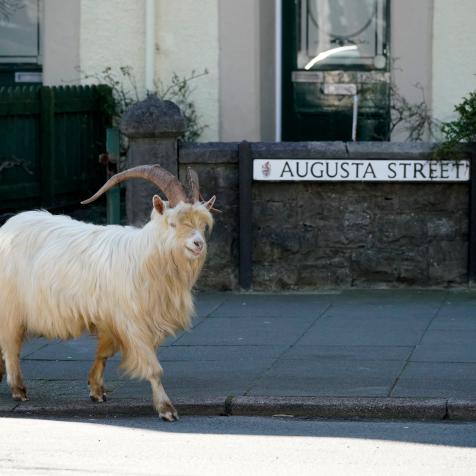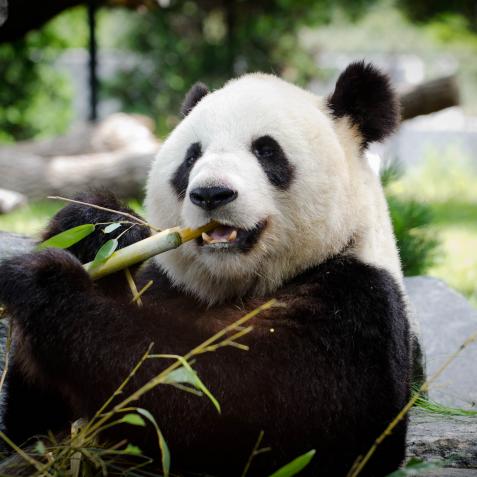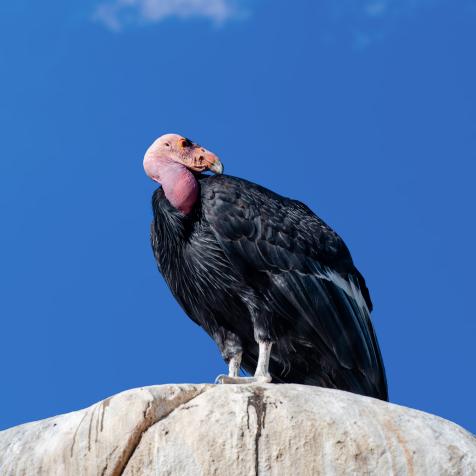
Ruben Earth
Bison are on the Move in Romania
The first bison relocation in Europe of its kind has been hailed a success after seven male individuals were transported from Germany and set free in Bulgaria earlier this summer.
The bison were moved to the Carpathian Mountains, a 930-mile-long range stretching from the Czech Republic to Romania, as part of a project called Life-Bison, which aims to create a viable population that breeds in the wild, and supports the area’s biodiversity.
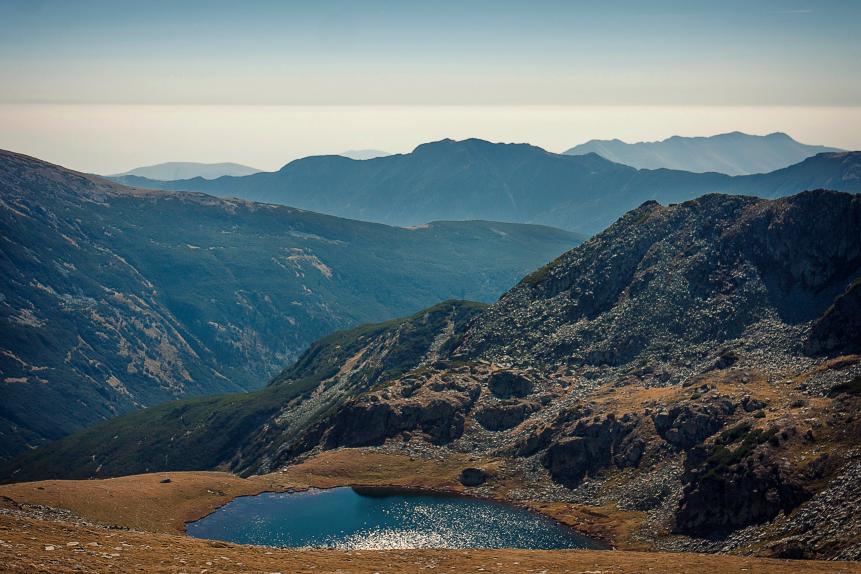
Sebastian Condrea
Bison used to roam Europe but were hunted into almost-extinction in the 1920s. Habitat depredation also led to the animals struggling to recover their populations.
In Romania, the last bison disappeared some 200 years ago, while the last wild bison in Europe were shot and killed in 1919 in the Białowieża Forest, a primeval landscape along the borders of Poland and Belarus.
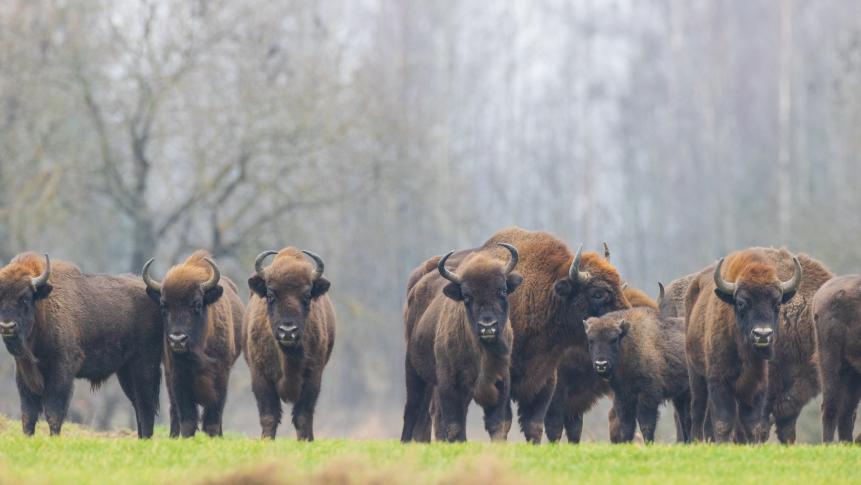
Aleksander
Since then, the conservation world has mounted an exhaustive effort to reintroduce bison across Europe, and captive bison were brought back to Romania towards the end of the 1950s. After they bred, they were dispatched to other locations across the country, and then finally released in the wild in 2014. This summer’s latest relocation is significant–and unique–as only males were released, which is vital for the population’s survival.
A typical European bison is about 6.8 ft to 11.5 ft long and 5.1 ft to 6.4 ft m tall. Male adults can weigh up to 2,000 lbs, while females between 660 lbs to 1,200 lbs.

Boguslaw Chyla / 500px
The project, run by Rewilding Europe and WWF Romania, had to carefully assess where to release the bison depending on a number of factors, including food availability, distance from the nearby villages to avoid human or livestock conflict, and the inclination of the mountainous slopes. Because the bison like to reside near rivers and creeks, quality and availability of water is also important.
The seven bison were added to the Bison Hillock herd, the largest population of wild bison in Romania, which now stands at around 100 individuals.
“After six years, we can say that we have had many firsts in this project, from having more than 25 calves born in the wild to GPS data that shows a bison reaching an altitude of more than 2000 meters in the Țarcu Mountains,” says Marina Drugă, project manager at WWF Romania.
“Now we managed to successfully deliver a unique transport, consisting only of males. This is a pioneering project, and this helps the whole scientific community in Europe to better understand the species and to have good results in its conservation.”

Saurabh Dhage / EyeEm
The newly arrived bison will be closely monitored by bison rangers for at least 21 days to ensure they are properly acclimatised. They will then be released into the wild, where they will be free to explore and interact with their new home.
European bison are a keystone species: their grazing helps to maintain biodiversity-rich mosaic landscapes of forests and grasslands, while they also form a key component of local food webs.
They benefit nearly 600 species of animals, and more than 200 plant species, meaning they will play a big part in the future conservation of the area.
The reintroduction and growth of bison populations in many European locations is helping to underpin the development of nature-based economies, providing jobs and income for people in local communities.
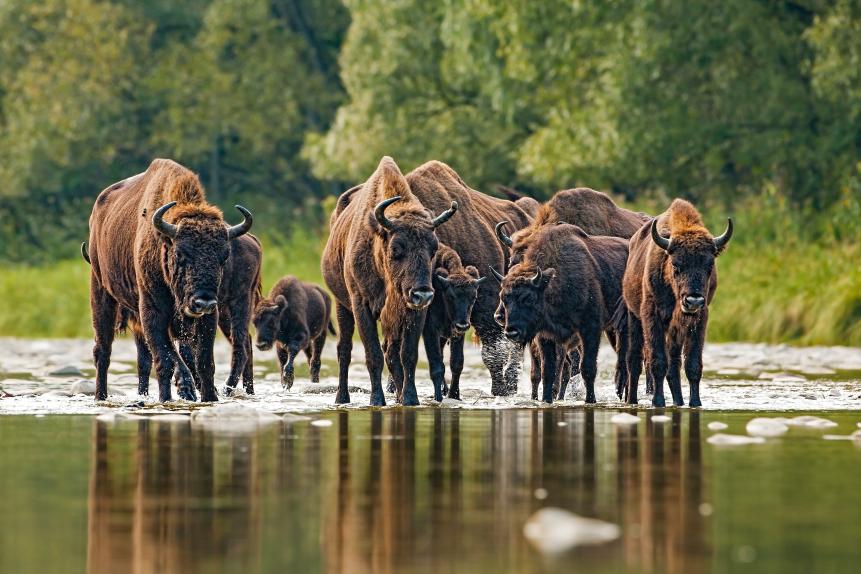
JMrocek
An estimated 100 families are now involved in bison tracking activities in the Southern Carpathians rewilding area, providing services such as catering, transport, and accommodation.
WWF Romania and Rewilding Europe are working closely with the local communities, local entrepreneurs, forestry offices, hunting associations, and tour operators to ensure the re-introduction program is a success.









